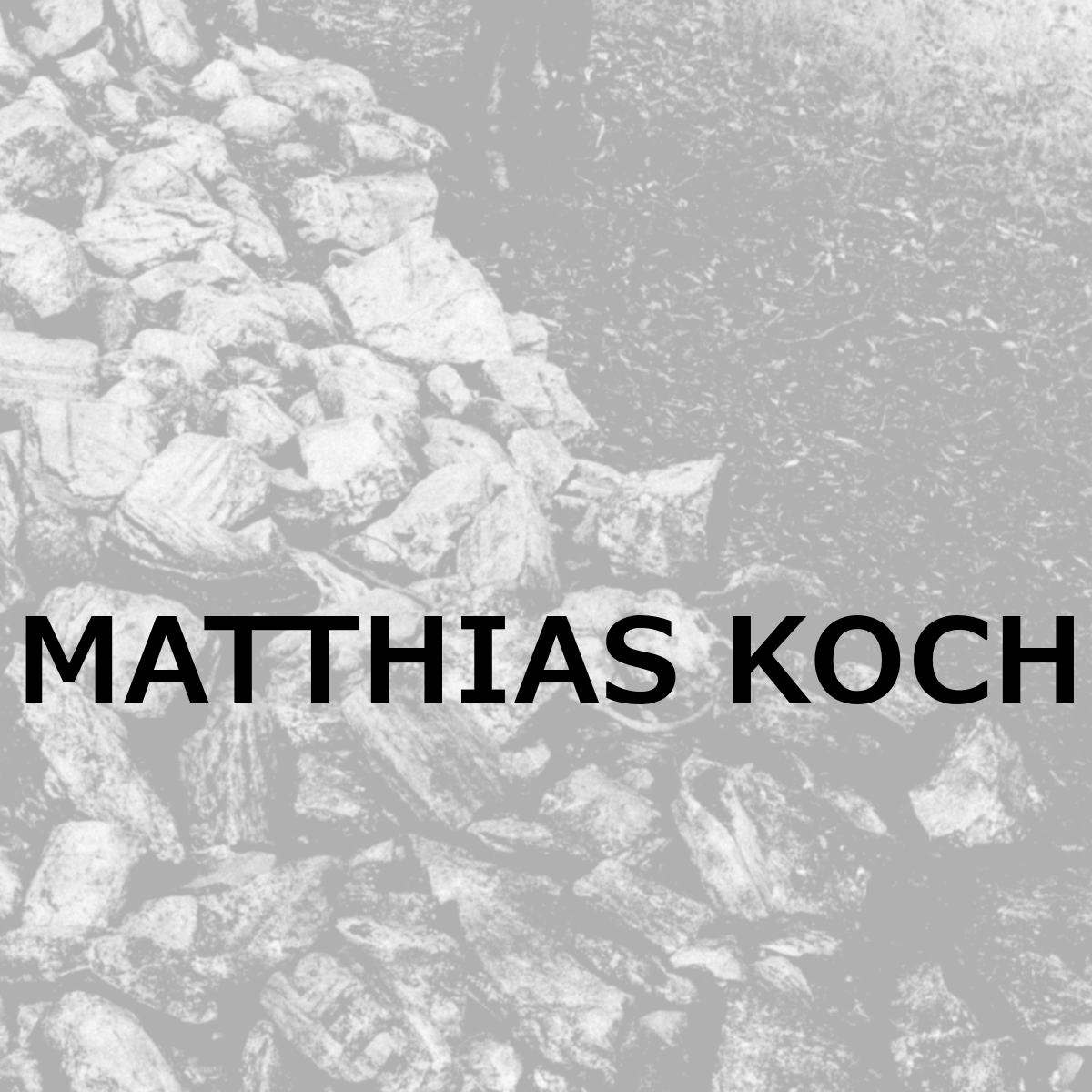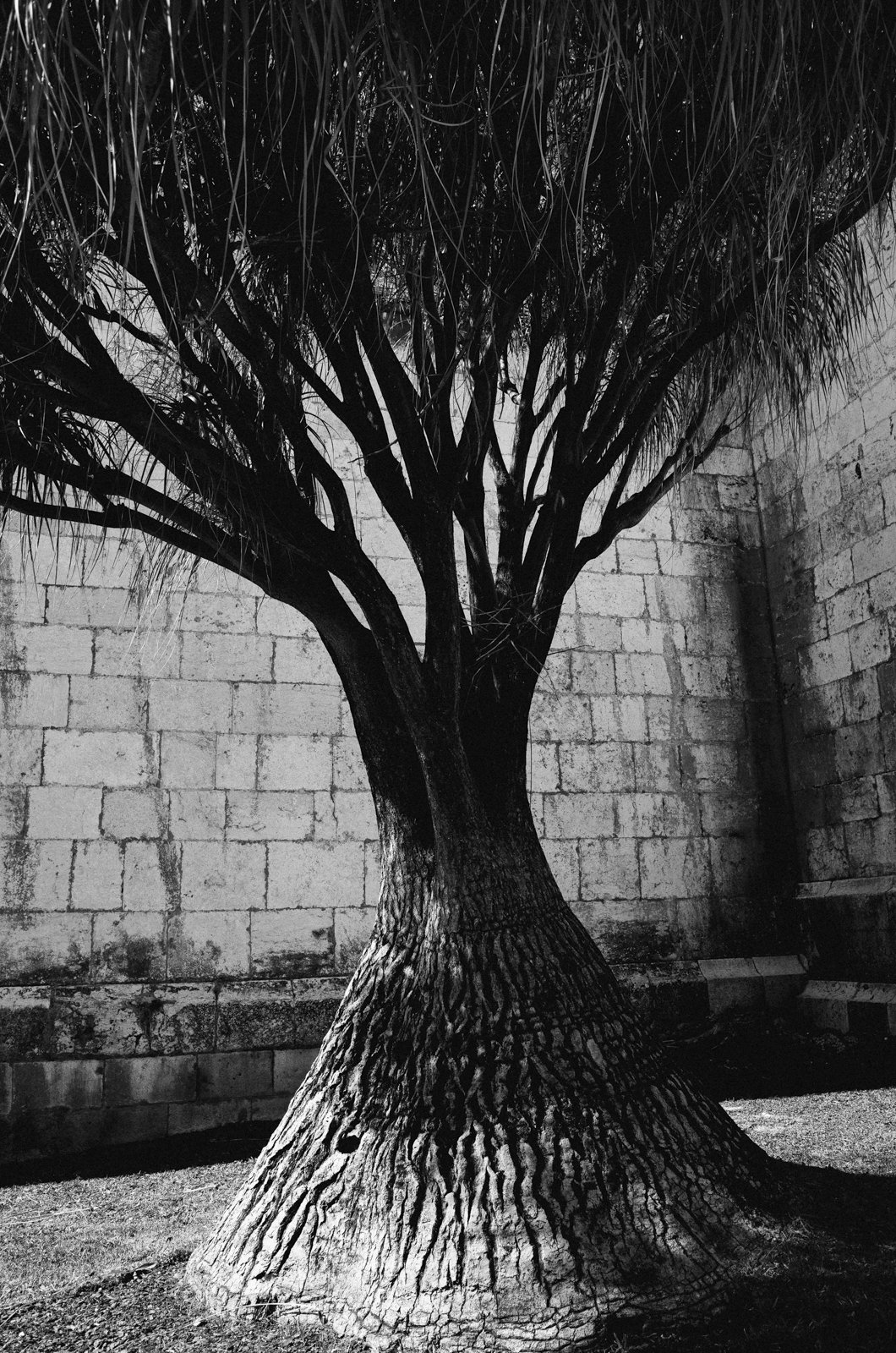
“Matthias Koch’s photographs have a great strength, an intensity of monstration that cannot leave indifferent to our time and to the world, they cause uneasiness and a diffuse anguish from which one cannot escape because it is indeed reality that is at stake, stripped of all fiction."
Claude Molzino, Philosopher
In a world where escapism and artifice often mask the harshness of life, Matthias Koch's photographs bear witness to the power of unfiltered truth. They challenge us to confront the harshness of our world, to grapple with its complexities and question our role in it. These photographs are a call to action, a demand for commitment and an invitation to embrace the uncomfortable truths of our times, for it is through this lens that we can find the impetus for change and a deeper understanding of our shared human experience.
Matthias Koch (b. 1964) is an artist and photographer originally from Germany. He lived and worked in Chile, Venezuela, Mexico and in France.
You can find Fine Art Giclée prints on Canson 385g museum canvas, open and limited editions in our shop. Selected photos and stories are available for licensing on visura.
Contact : matthias.koch@pm.me
Book. Figures d'un monde en sursis (fr)
Book. Figures d'un monde en sursis (fr)
Figures d'un monde en sursis (Figures of a world on borrowed time) sets out to link Matthias Koch's photographs with Claude Molzino's philosophical analysis of them. This "time of the present" as perceived by the photographer's eye is in fact a set of snapshots of the "time of the end" that could be our era. In addition to the nuclearization of the world and the risk it represents for humankind, the over-exploitation of the planet poses an unprecedented threat to the living world.
After reflecting on the specificities of photographic art, the value of "black and white" and photography's relationship with time and reality, Claude Molzino draws primarily on the theses of Roland Barthes, Martin Heidegger and Günther Anders to demonstrate the usefulness of photographic art. Under the philosopher's pen, the latter is aptly seen as a revelation to man of his reprieve, in other words, as a means of alerting him to his responsibility for his own disappearance. At the risk of devastation and annihilation, beyond the historical episode of Hiroshima presented as the prelude to this new "era of humanicide", never, according to Claude Molzino, has "being [been so much] under the threat of non-being".


